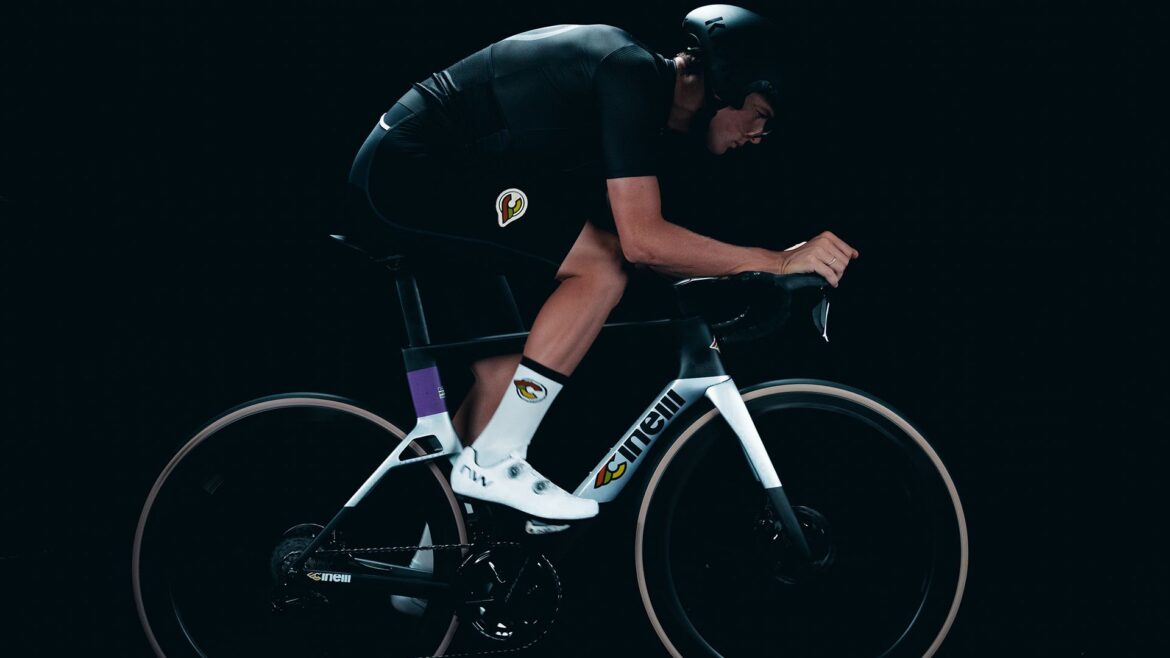You wait for a story for years, and then three come at once. It’s fair to say that Cinelli has been somewhat quiet in recent years. A couple of controversial marketing decisions and the unrelated departure of key figures, including the brand’s founder, Antonio Colombo, have left Cinelli and Columbus – two of Italy’s most revered and historically significant cycling brands –in the hands of Texan investors.
However, with new investors come fresh ideas and, importantly, new funding. This influx of confidence is evident in the fact that we haven’t seen a ground-up bike design from the brand in quite some time, let alone two new designs at once. To underline its expertise and new direction, Cinelli has chosen to launch a new aero carbon platform, a modern steel bike, and a third, virtual bike, that exists only in the metaverse, whatever that means.
(Image credit: Cinelli)
If that trio of launches doesn’t suggest that the brand is heading in an exciting new direction, I don’t know what does. Some may argue that each bike deserves its own moment in the spotlight, particularly if they stand out, and I would agree. When multiple new models are introduced simultaneously, it can be challenging to sift through the marketing materials to find the actual story. In this case, however, a newfound confidence and a clear marker of their new direction is the real story.
For years, Cinelli’s strength lay in its artistry, unique details, and standout paint designs. Recently, however, those features often felt like the only selling points that distinguished them from competitors, which isn’t really enough in bike marketing. Brands that can design their own frames from the ground up really should – this launch clearly signals a return to that philosophy.
Cinelli Aeroscoop
The first bike featured in its launch materials is a strikingly designed, albeit somewhat conventionally styled, aero road bike – until you notice the “scoop.”
Named the Aeroscoop, as is the bike itself, this innovative aerodynamic device is designed to smooth airflow from the rider’s legs over the back wheel. Whether it’s effective or not, it’s certainly going to generate buzz, much like the Speedsniffer head tube on the Specialized SL8 or Trek’s ISOFlow, the latter of which took on a similar conceptual form.
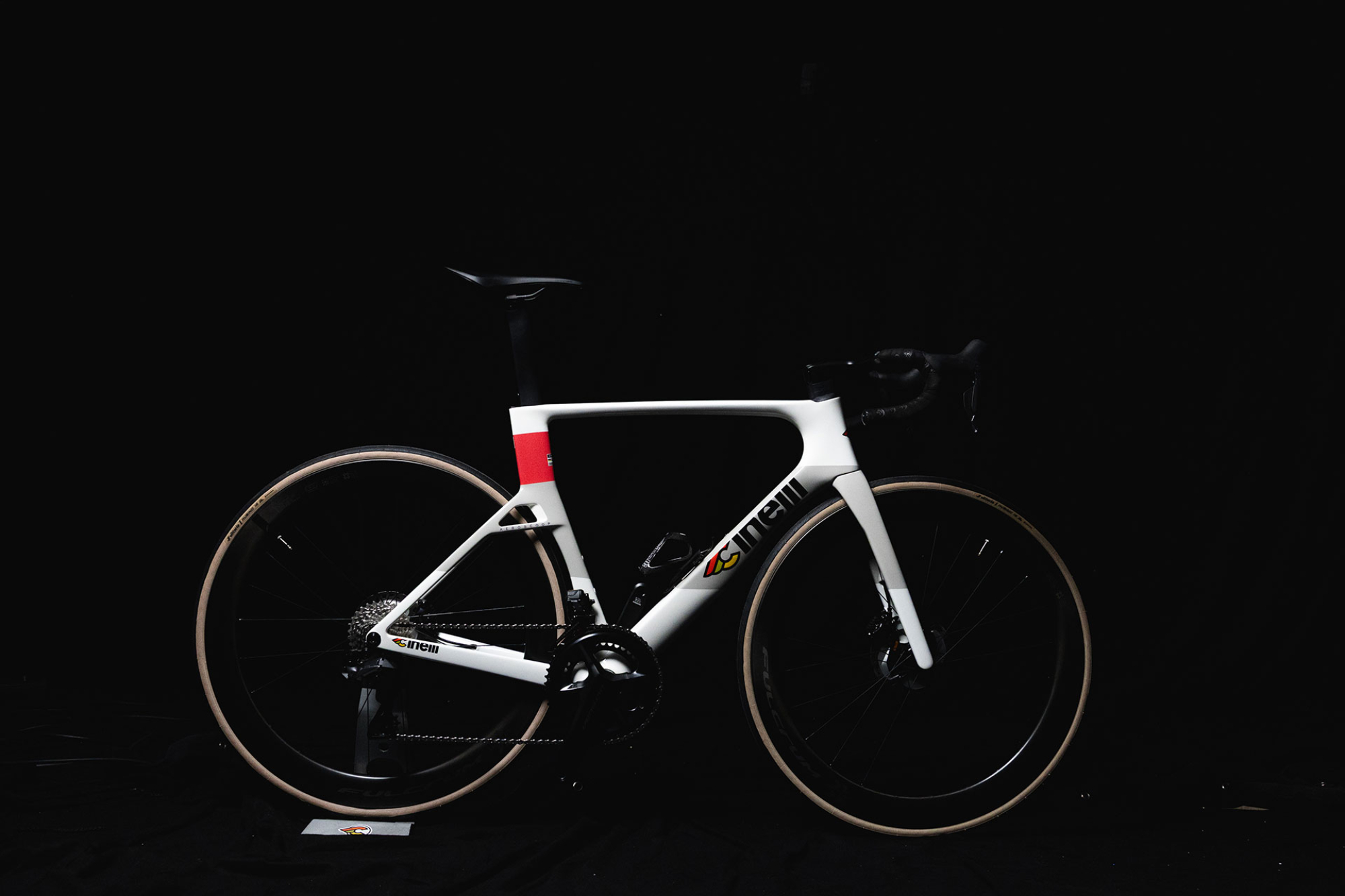
(Image credit: Cinelli)
In Cinelli’s design, there are not one, but two scoops positioned around the seat tube, in a dropped stay configuration. It appears that having more scoops provides a performance advantage, at least compared to the Specialized Tarmac at 45 km/h, or so the claim goes. According to independent wind tunnel tests, the data also indicates that it is significantly faster than its predecessor, the Cinelli Pressure. In fact, in those tests the Aeroscoop measured 205W of drag, which according to Cinelli makes it one of the top ten fastest road bikes ever tested.

(Image credit: Cinelli)
Adding to the bike’s wind-cheating credentials is the tried-and-tested combination of slim but deep head tube, a smooth cockpit transition and an integrated fork. Add in down tube shapes that are designed to shield the bottle cages from unwanted turbulence and you have a bike seemingly built for racing; Cinelli says it used feedback from its Pro Continental sponsored teams to help with the development of the Aeroscoop.

(Image credit: Cinelli)
A complete build using a SRAM Red AXS groupset and a Fulcrum Wind 57 wheelset is said to weigh 6.98kg, ensuring that while UCI limits can be met, those unencumbered by such regulations can choose to run wild.
Complete builds start at £5299, with complete and frameset options available in either Purple Fiber or Coral White colours from £3,999. The frameset comes with a new Columbus Spirit carbon integrated cockpit and proprietary carbon seatpost and fork.
Speciale Corsa XCR
The second marker Cinelli wants to lay down is a reiteration of its commitment to steel as a modern, relevant material to build a performance bicycle out of. For years, Cinelli’s XCR has sat at the top of its range, showcasing its precision tubing from sister brand Columbus.
In XCR guise, there can be no arguments that you’re riding on the most advanced steel tubeset available and in this new incarnation of the model, further, it’s adding in 3D printed tube junctions for a smoothed look reminiscent of Colnago’s Steelnovo, a similarly retrospective whilst also forward looking take on what a steel bike can be these days.
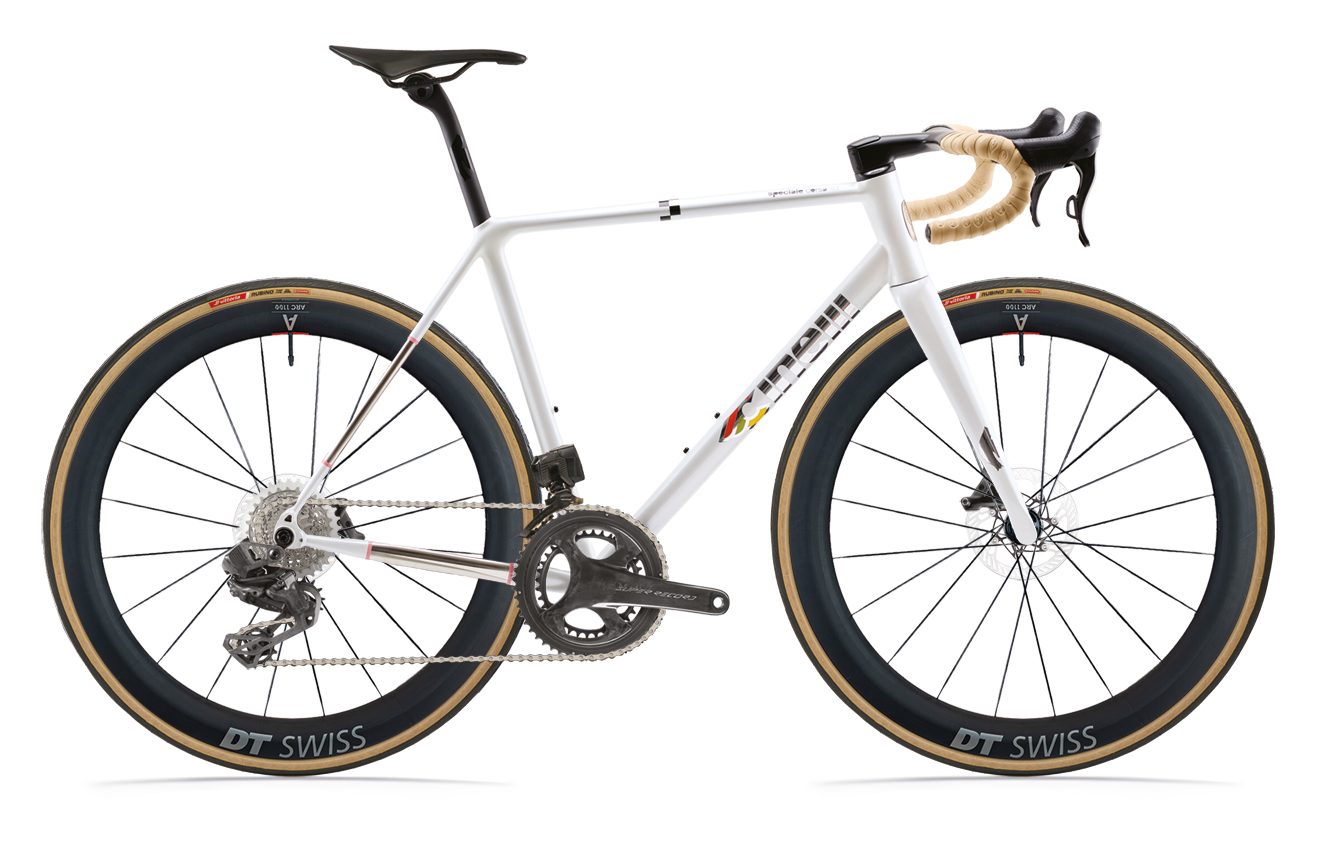
(Image credit: Cinelli)
The new bike uses Columbus’s in house developed Trittico system for the fork and integrated bar and stem, which allows integration with a 44mm outside diameter headtube, and was designed specifically for framebuilders who didn’t want to sacrifice widely accepted elegant headtube dimensions, for the chance to integrate cables. Here, on the new bike, the wonderfully named (if you like the Italian style), Speciale Corsa XCR, it certainly looks made for the bike, as if they were designed together, at the same time not just by the same team of people.
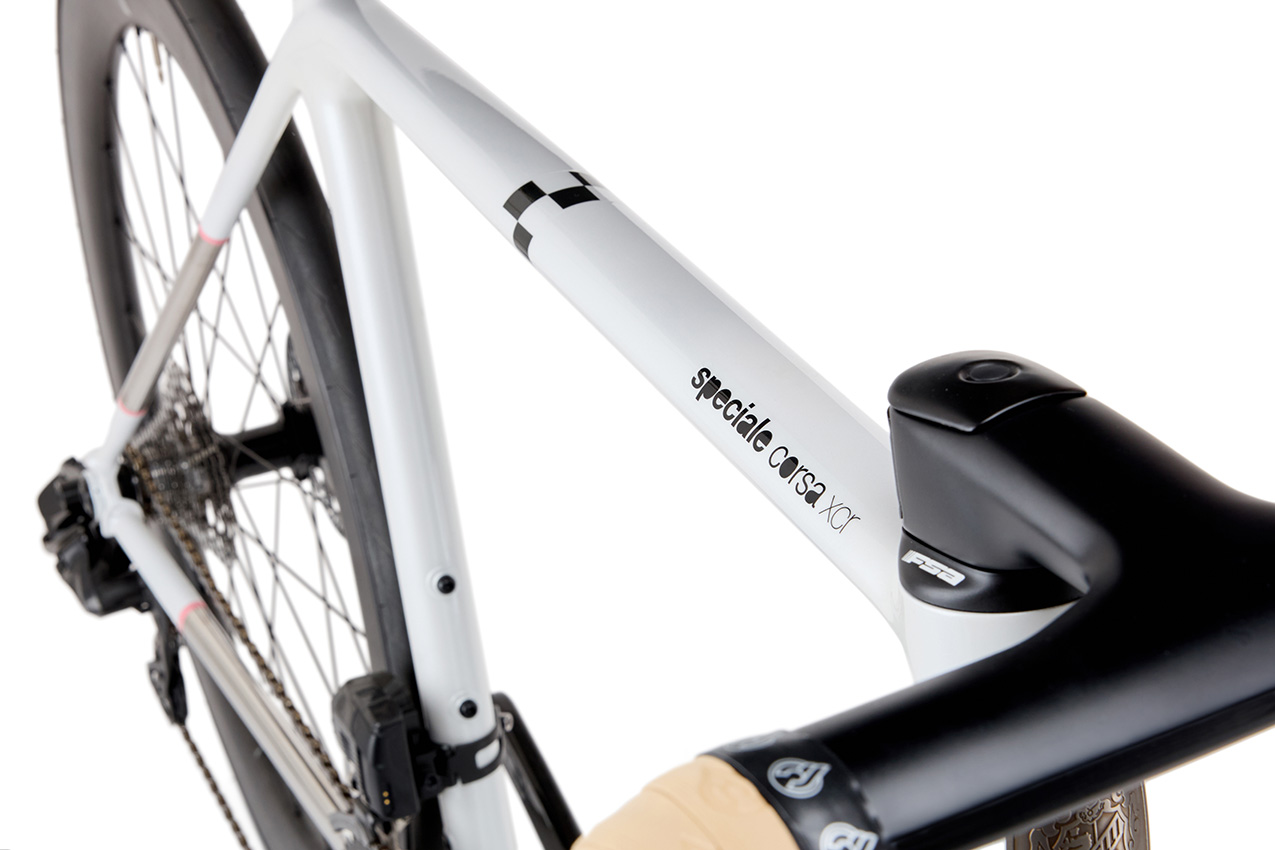
(Image credit: Cinelli)
The made in Milan frameset might be constructed from a timeless material but it’s be designed with today’s modern riders in mind. That means it’s only compatible with electronic groupsets and has fully integrated cables when used in conjunction with the Columbus Trittico cockpit. Tyre clearance is 32mm.
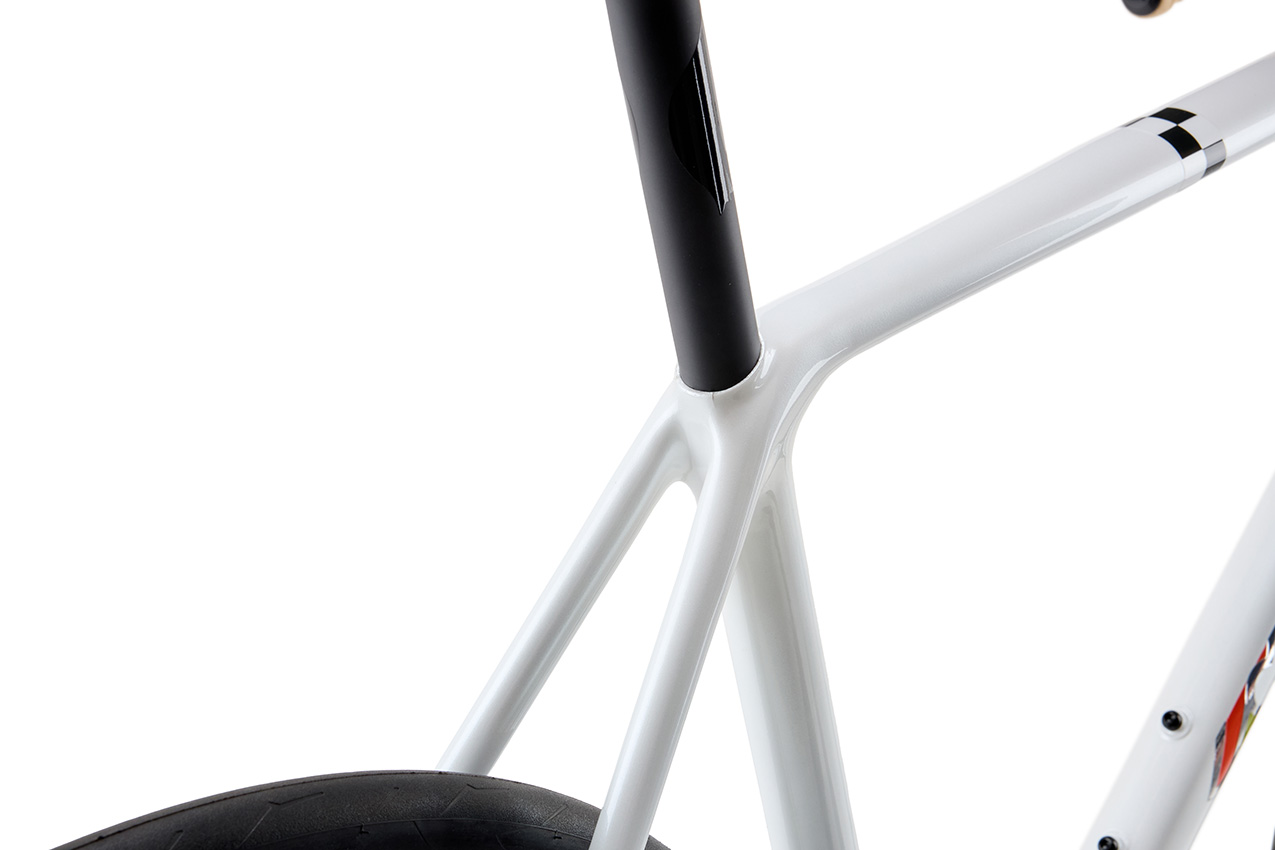
(Image credit: Cinelli)
Prices for complete builds start at £11,000, while the frameset retails for £5,000. Claimed weights are 1,990g for the frame, and additional 392g for the forks, while a Sram Red AXS build with DT Swiss ARC 1100 wheels is said to weigh 8.2kg.
At 1990g the frame tips the scales somewhat ahead of the outgoing XCR model, with conventional TIG welded, tube to tube joints.
And for those who love the look of the bikes but don’t have the cash to own either one, both models will be made available to ride virtually on the Rouvy virtual cycling app. You won’t feel how glorious a steel frame feels in Rouvy of course.
